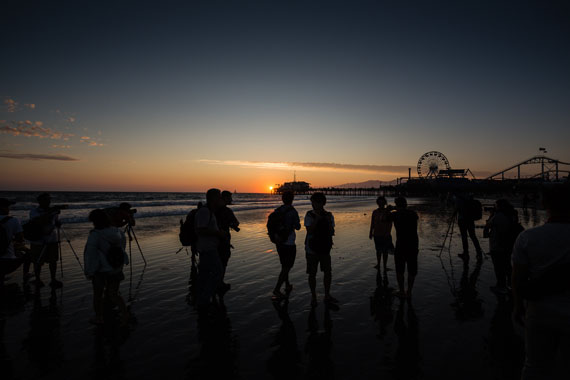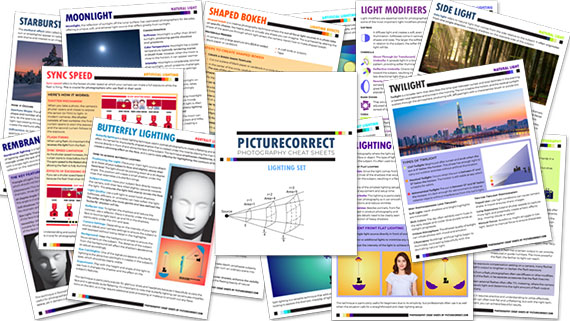Sunsets are nature’s canvas, painting the sky with a myriad of colors and offering photographers a golden opportunity to capture breathtaking moments. Understanding the different phases of a sunset can significantly enhance the quality of your photographs, allowing you to anticipate changes in light and color. Let’s delve into these phases and explore the unique characteristics of each.
Quick reminder: for a cheat sheet on this topic that you can print out to remember (and many more), venture over to the Photography Lighting Cheat Sheets Sunlight Sale

1. Golden Hour
The golden hour is a magical time for photographers. Occurring roughly an hour before sunset (and similarly after sunrise), this phase is characterized by a warm, golden glow. The sun’s rays, traveling through a thicker portion of the Earth’s atmosphere, scatter, producing this enchanting light. The resulting soft and diffused illumination is perfect for various photography genres:
- Portraits: The flattering light minimizes skin imperfections and casts gentle shadows.
- Landscapes: The elongated shadows add depth and dimension to the terrain.
- Cityscapes: Buildings glow with a soft luminescence, adding character to urban scenes.
2. Civil Twilight
As the sun dips below the horizon, we enter the phase of civil twilight. Lasting until the sun is 6 degrees below the horizon, the sky undergoes a transformation. The warm hues of the golden hour give way to cooler blues and purples. With reduced contrast and minimal shadows:
- The atmosphere becomes serene, perfect for capturing tranquil landscapes and reflective waters.
- City lights begin to twinkle, offering a balanced interplay between natural and artificial light.
3. Blue Hour
Contrary to its name, the blue hour is brief, occurring when the sun is between 4 and 6 degrees below the horizon. The sky adopts a deep blue hue:
- City lights shine brightly, creating a stark contrast against the darkening sky.
- Landscapes take on a moody ambiance, perfect for evocative imagery.
4. Nautical Twilight
Named for its use by sailors for navigation when the horizon is still discernible, nautical twilight occurs when the sun is between 6 and 12 degrees below the horizon. The sky deepens in color:
- Blues and purples become more pronounced, adding drama to the scene.
- The first stars might make an appearance, hinting at the celestial show to come.
- Silhouettes become prominent, offering creative opportunities for compositions against the vibrant backdrop.
5. Astronomical Twilight
As the sun retreats further, between 12 to 18 degrees below the horizon, we enter astronomical twilight. The sky turns very dark:
- Most stars become visible, paving the way for astrophotography.
- The Milky Way might make its grand appearance, allowing for mesmerizing captures.
- Landscapes under starry skies can create ethereal compositions.
To truly harness the beauty of a sunset, preparation is key. Plan your shots, scout your locations, and be ready with your equipment. Remember, the exact timing and characteristics of each phase can vary based on your location, the season, and prevailing weather conditions. With knowledge and anticipation, you can immortalize the fleeting moments of nature’s grand spectacle.
For Further Training:
Lighting is arguably the most important aspect of photography; but do you know how to use it? These new Photography Lighting Cheat Sheets are designed to help. With critical information on ALL the types of natural light and artificial light you can use. In the spirit of summer, they are currently 80% off until the end of the month as summer wraps up.
Whether you’re a seasoned professional or just starting out, photography cheat sheets can be a valuable resource for improving your skills and taking your photography to the next level. By having all the key information you need in one place, you can focus on what’s important – capturing amazing photos.
Only 1 day left: The Photography Lighting Cheat Sheets at 80% Off
Like This Article?
Don't Miss The Next One!
Join over 100,000 photographers of all experience levels who receive our free photography tips and articles to stay current:






Leave a Reply